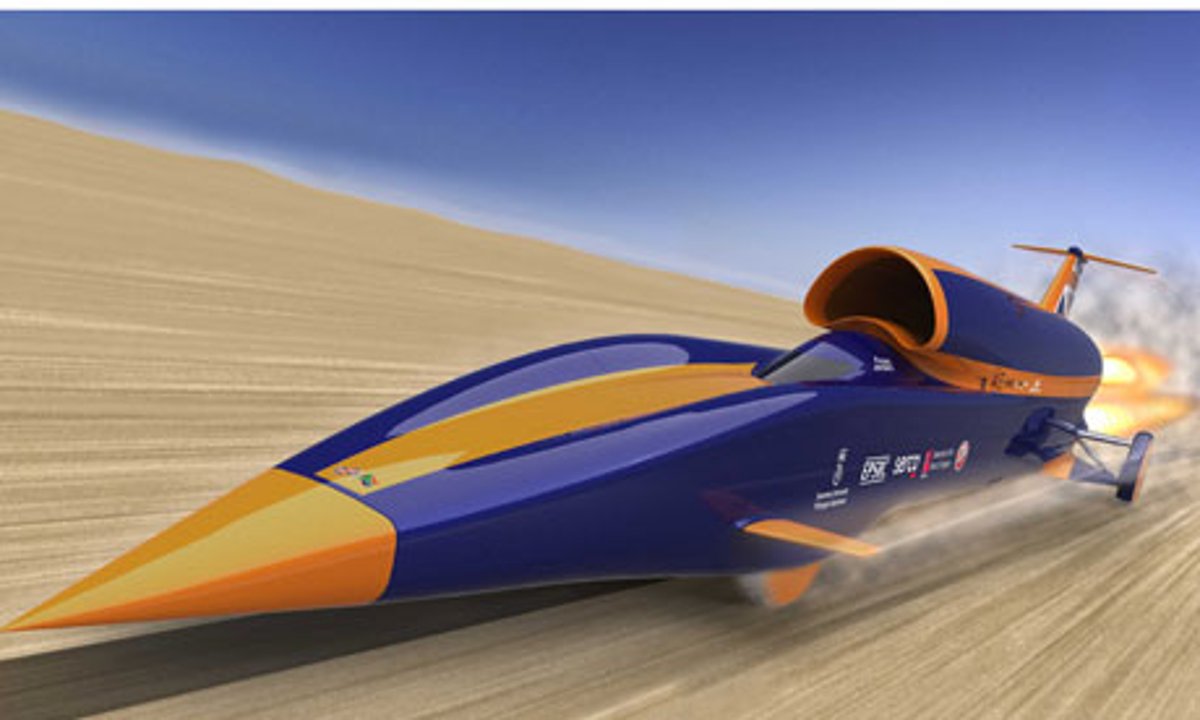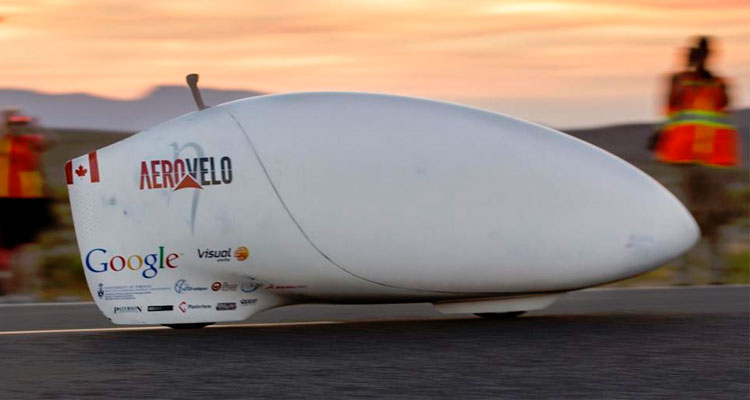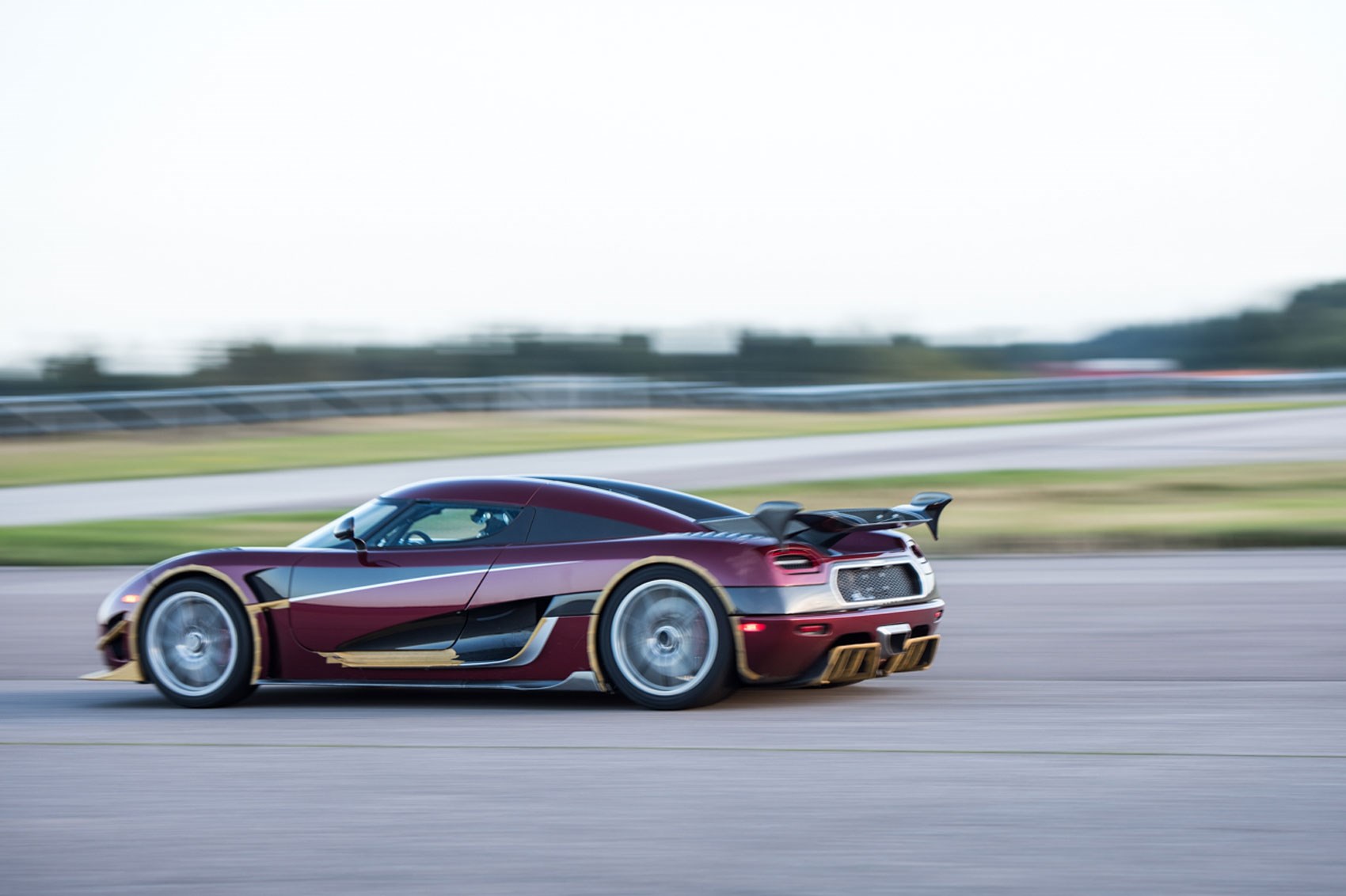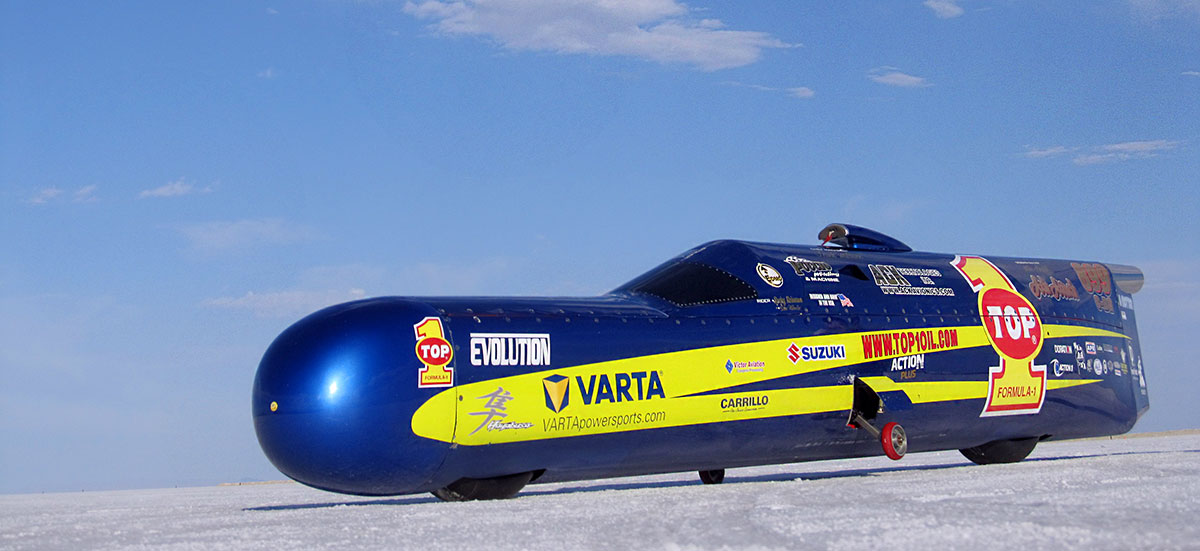
We are delighted to be attending JEC World Show in March and as part of our stand we will be running a competition on who can complete the fastest lap around our TensorGP track. There are prizes on offer too, so why not come along to our stand at Hall 5, stand C67 to see what records you can set!
With this in mind we decided to have a look at what speed world records have been set in composite vehicles. Composites used to be that space aged materials that people thought would never become a popular, manufacturing material. However, this dramatically changed in the 1900s when McLaren unveiled the first carbon fibre F1 car, at the time this was a radical idea even though carbon fibre technology had been used in aerospace for a while. When John Watsons McLaren MP4/1 spun out during the 1981 Monza Grand Prix everyone thought he hadn’t made it, if he had been in the conventional cabin perhaps he wouldn’t have but the carbon fiber cabin was much stronger and ensured he came out with barely a scratch. Manufactures fear that it composite materials would evaporate into dust had now disappeared as they had seen first-hand how durable and strong they were.
This showed how durable, versatile and strong composite materials were and are today. So where do our adhesives come into all this? Not only can it be used throughout the process, it is more cost effective on a large scale and quicker to apply than aerosols. Looking back from the first carbon fibre F1 car to the current day, we decided to look at what some of the current world speed records are that have been set in a composite vehicle.
First up is the Bloodhound Super Sonic Car 500
 Thanks to horsepoweronline.com for image
Thanks to horsepoweronline.com for image
Designed to reach 1,000 mph, the Bloodhound SSC will attempt a new land speed record in the South African desert in 2018. Composites have played a key role in the cars design and manufacture and will be one of the crucial factors in the high-tech car’s performance and safety. The front third of the car from the nose to the air intake above the cockpit is made from composites. So its watch this space to see if it breaks the current record.
Gravity Powered Sled World Record
 Thanks to https://epmtechnology.com for image
Thanks to https://epmtechnology.com for image
Second up is the fastest gravity powered sled which reached a record speed of 83.5mph this was 20mph quicker than the existing record. The sled was manufactured in carbon fibre and used a used a prepreg carbon fibre to mould the structure that was then cured in an autoclave. It also used a Nomex honeycomb to it make it stiffer and lighter. Using composite materials enable strength to weight ratios that have become inextricably linked to performance. The sled is a one off, streamlined, engineering marvel that was piloted by Guy Martin.
Next up is the World Human Powered Speed Challenge
 Thanks to compositesmanufacturingmagazine.com for image
Thanks to compositesmanufacturingmagazine.com for image
This is the fastest human-powered vehicle ever, going 89.6 mph in an egg-shaped bike known as “Eta.” The bike has an empty weight of 55 pounds, its carbon fibre outer shell is designed to cut down drag and is more than 100 times better than the most streamlined cars.
The analysis of the vehicle’s performance showed that Eta requires less than 198 watts of pedal power at 90 km/h (60 mph), which translates to 9,544-mpg highway fuel efficiency. That is believed to be the highest per-passenger mpg of any existing transportation technology at that speed.
Production Car World Record
 Thanks to www.carmagazine.co.uk for image
Thanks to www.carmagazine.co.uk for image
The multiple production car world speed records is held by the Koenigsegg Agera RS which achieved the highest average speed for a flying mile on a public road which was 444.76 km/h (276.36mph). The Agera RS is the ultimate in road and track versatility. It offers the most extreme performance available today and yet is fully road legal, complying with safety standards and other necessary requirements worldwide. The advanced use of composites reduces the cars weight down which also contributed to this record been achieved.
Motorcycle Speed World Record
 Thanks to landspeedevents.com for image
Thanks to landspeedevents.com for image
The final speed record goes to the Motorcycle speed record. This was achieved by Rocky Robinson who broke the record for the fastest land speed on a motorcycle. The Ack Attack contains a carbon-fibre panelled body with chrome-moly tubing. It has an engine strength of twin Suzuki Hayabusa in-line four-cylinder engines, with a 30 psi turbocharger boost. The maximum engine speed tops out at 12,000 rpm with an incredible net horsepower of between 700-900. The record came for the average speed across two runs, but Robinson topped out at an incredible 634 km/h (394 mph) for a single run.
With these speed records in mind why not come join us at our stand and take part in out TensorGP. The person with the quickest lap will win the ultimate prize. We look forward to seeing you all there.
Further Information see links below:
http://www.tensorglobal.com/blog/189/